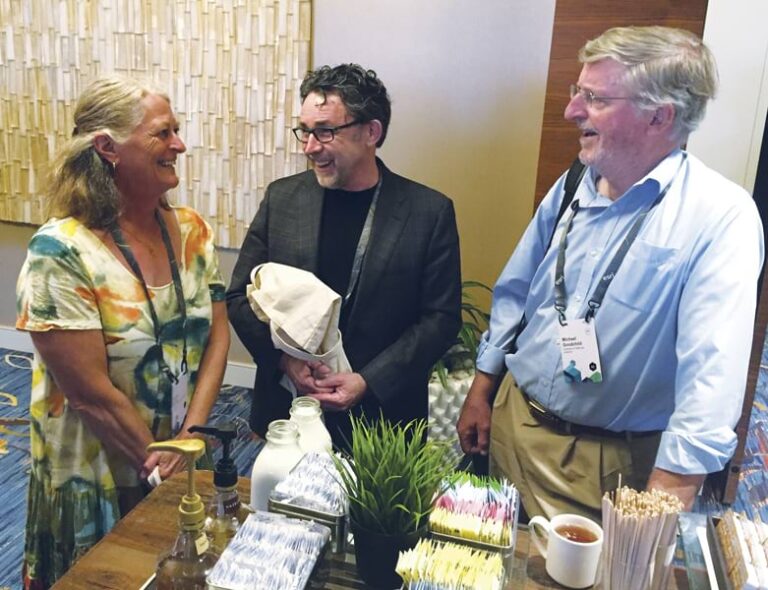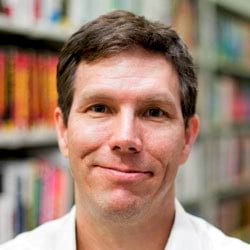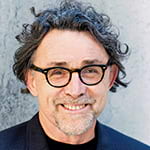Geographic information science, or GIScience, became a recognized discipline in the early 1990s when Dr. Michael Goodchild of the University of California, Santa Barbara, gave a seminal presentation at the 1990 International Symposium on Spatial Data Handling and published a follow-on article in the International Journal of Geographical Information Systems in 1992 entitled “Geographical Information Science.” By 2000, Goodchild’s colleague, Dr. David Mark of the University at Buffalo, presented the following often-quoted definition of GIScience:
Geographic Information Science (GIScience) is the basic research field that seeks to redefine geographic concepts and their use in the context of geographic information systems. GIScience also examines the impacts of GIS on individuals and society, and the influences of society on GIS. GIScience re-examines some of the most fundamental themes in traditional spatially oriented fields such as geography, cartography, and geodesy, while incorporating more recent developments in cognitive and information science.
This definition paints GIScience as an enabling discipline that draws on cartography, remote sensing, spatial analysis, modeling, and even philosophy to explore and explain the patterns and processes that shape a continuously changing world. GIScience includes multiple research topics that help motivate and guide the development and use of GIS software. GIScience spans novel concepts and methodologies that can be programmed in software in multiple ways, as well as best practices to help guide and refine how spatial scholars and practitioners use the software.
Esri has supported GIScience in many ways over the years, including by collaborating on research on topics such as cartographic visualization, spatial data management, remote sensing, spatial analysis, modeling, and big data. Esri president Jack Dangermond served on the board of directors of the National Center for Geographic Information and Analysis (NCGIA) in the 1990s, and today, Esri is a leading force in pushing geospatial science and software forward.

In continuing this tradition, there will be two special sessions dedicated to innovative research in GIScience at the 2023 Esri User Conference (Esri UC). These sessions—which take place in the morning on Tuesday, July 11—have been a regular part of the Esri UC since 2008, thanks to a collaboration between Esri and the international, peer-reviewed journal Transactions in GIS, which publishes a special issue or section each year that features these conference presentations. This collaboration offers geospatial science scholars and practitioners the opportunity to share new ways of using spatial methods to address problems across a wide variety of academic disciplines or use cases.
At the beginning of every year, Esri and the journal publish an open call for papers that highlight innovative GIScience research. Papers that are preselected go through the normal peer-reviewing process, and the articles that make it through get published in the journal. Also, the authors of the published papers are invited to present their research results at the Esri UC in San Diego, California. To date, Transactions in GIS has published 123 of these peer-reviewed articles, which cover a wide array of GIScience topics and are cited frequently in additional scientific publications.
Citations are an indication of the importance that other researchers place on the ideas that an article contributes. When a researcher cites a previously published scientific article, it reveals the slow yet concrete demonstration of scientific progress. This exemplifies what the English scientist Sir Isaac Newton meant when he said, “If I have seen further, it is by standing on the shoulders of giants.”
The following list shows some of the most-cited articles published in Transactions in GIS from 2008 to 2022, with the number of Google Scholar citations shown in parentheses as of May 25, 2023:
- A Space-Time GIS Approach to Exploring Large Individual-Based Spatiotemporal Datasets by Shih-Lung Shaw, Hongbo Yu, and Leonard S. Bombom (161)
- Accuracy of iPhone Locations: A Comparison of Assisted GPS, WiFi and Cellular Positioning by Paul A. Zandbergen (629)
- Discovering Spatial Patterns in Origin‐Destination Mobility Data by Diansheng Guo, Xi Zhu, Hai Jin, Peng Gao, and Clio Andris (195)
- Integrating the Huff Model and Floating Catchment Area Methods to Analyze Spatial Access to Healthcare Services by Jun Luo (165)
- Extracting Urban Functional Regions from Points of Interest and Human Activities on Location‐Based Social Networks by Song Gao, Krzysztof Janowicz, and Helen Couclelis (319)
- Traffic Transformer: Capturing the Continuity and Periodicity of Time Series for Traffic Forecasting by Ling Cai, Krzysztof Janowicz, Gengchen Mai, Bo Yan, and Rui Zhu (121)
Many of these top-cited articles focus on new types of spatiotemporal data and the development and testing of methods for exploring human-centered activity; they do not tend to focus on physical geographic phenomena. This research serves to advance people’s understanding of how scientific and technological decision-makers can build more inclusive, healthy, sustainable, and resilient communities.
GIScience is helping to contribute to the academic knowledge base not only in geography but also in many other academic disciplines and fields of practice. Again, this is reflected in the number of citations the Transactions in GIS articles have garnered, as well as in the cross-disciplinary topics that contributors have covered. The 123 varied topics that have been presented in this context at the Esri UC include urban residential dynamics, improving the accuracy of geocoding, the completeness of OpenStreetMap, modeling spatial flows, semantic search, methods for analyzing human interaction using movement data, and modeling armed conflicts.
The Geographic Approach is a cyclical process that starts by posing a question about the world—such as, How do tourists in a city behave while using mobile phones?—and continues through gathering and analyzing data; visualizing the results; and, ultimately, taking some action in the world. GIScience is partly responsible for creating the analysis and visualization methods; GIS then implements these methods in software. Sometimes, the journey from ideation (and theory) to testing to software takes decades. But that labor does bear fruit. Indeed, today’s advanced enterprise GIS software contains many ideas that have germinated in GIScience research.
So at this year’s Esri UC, pay special attention to the topics covered in various science and research sessions, as well as at the Science Symposium, which is also being held on July 11. Then, continue to follow these topics’ progress. The Esri UC presentations offer conference attendees a unique opportunity to hear from and converse with GIScience specialists whose ideas may eventually be found inside GIS software. A brief hallway discussion about a budding idea has the potential to affect research methodologies and even GIS technology down the road.



